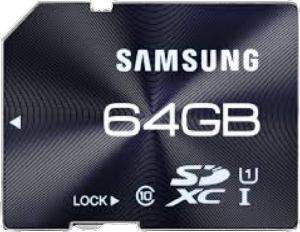The normal description of metadata – “Data about data” – is both opaque and generally unhelpful. In the metadata world we have two things: the ‘essence’ – the thing we’re actually describing; and metadata – everything we know about the essence.
Metadata is not new, just a new name for something you’re probably already using. Instead of calling it metadata you’re much more likely to be calling it “notes”, “log notes”, “script notes” or “logging”.
Notes about the script, location notes, script notes, tape or card labels, log notes, and even transcriptions are additional descriptions relating to the shoot and edit that aren’t the media itself. They are all metadata. This isn’t anything new, but the digital world lets us do so much more with metadata than we could with paper notes. That they are searchable alone make a huge difference.
In fact, everything we know about anything is most likely metadata. We cannot be ‘the essence’ nor can we intuit anything about it, without some sort of information (data) about the essence (often data itself). For example, let’s consider the situation where the essence is a person.

Everything we know about the person (essence) in the photo is metadata. The photo itself is also a piece of metadata: a proxy image for the essence.
There is technical metadata – height, weight, eye color, race, etc – about the person. Technical metadata tends to be relatively static and not change. It is also objectively verifiable.
One place we might find this technical metadata is in a passport. The technical metadata in the passport describes the essence of the individual in a “sidecar file”.
There is other metadata about this essence: hair color, clothing, address, skills, etc, that change over time. This type of metadata – let’s call it Content Metadata because it describes the essence – is subjective and changes over time.
We can translate this understanding into our media-centric world because we have media files – our essence – and information about the media file – the metadata. Technical metadata describes the technical aspects of the file such as frame rate, image size, codec, etc.

Technical metadata generally applies to the entire file because the whole file shares the same metadata.
Content Metadata describes the contents of the film or video image by applying a description of the content to all, or part, of the file. Without the Content Metadata we know nothing about the content of the file. Content Metadata can apply to only part of a media file because the description will change as the content changes.
Metadata doesn’t just apply to our media world. Metadata is being gathered as we watch videos on YouTube and rate them, as we make purchases online, and as we make phone calls. You will find more on the connection between metadata and the uses discussed on the news in Metadata and the Wider World.
I love Jason Scott’s definition of metadata.
“Metadata is a love note to the future”